The new projects will use DOE’s leadership-class supercomputers to pursue transformational advances in science and engineering.
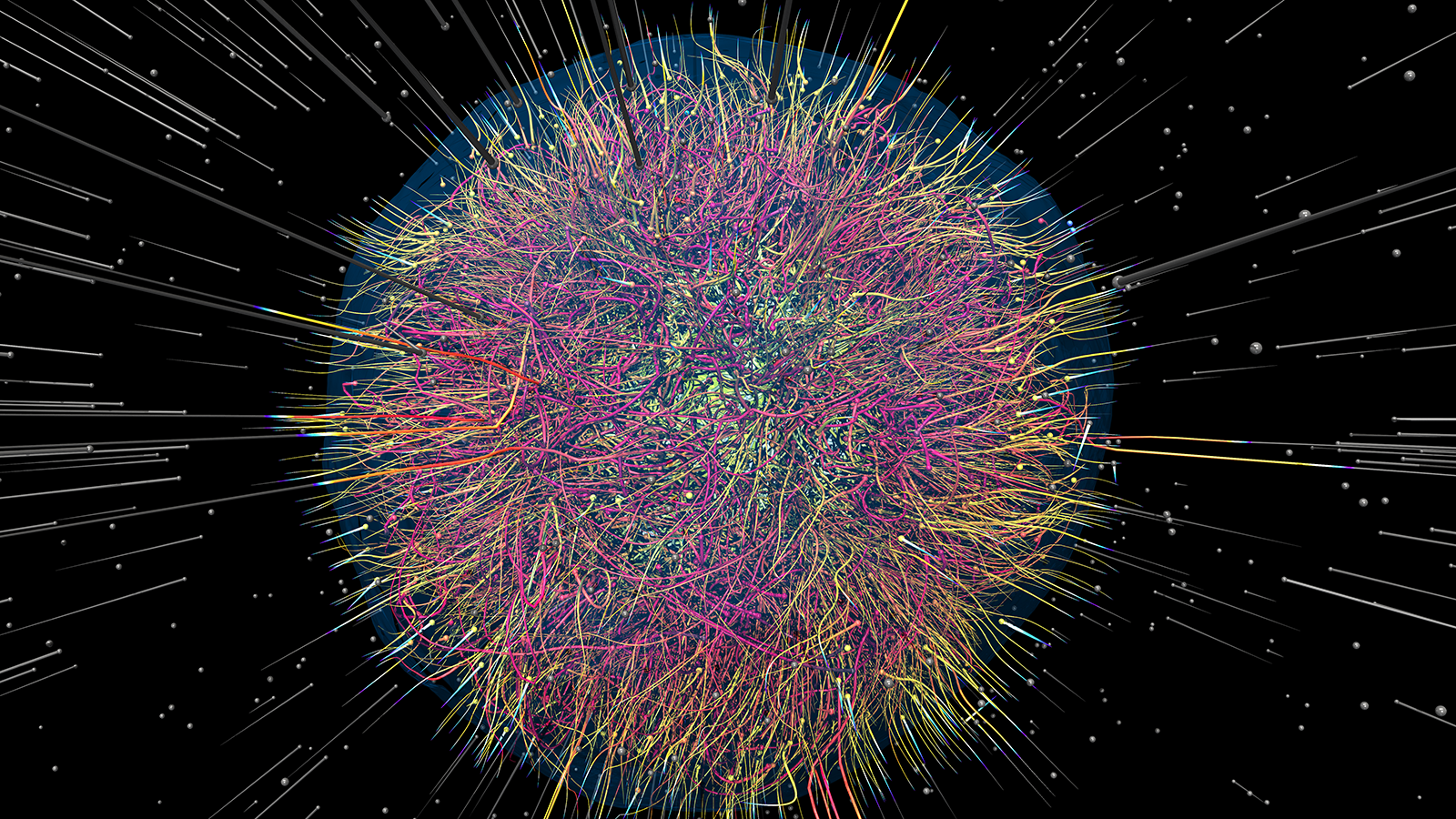
news, journals and articles from all over the world.

The new projects will use DOE’s leadership-class supercomputers to pursue transformational advances in science and engineering.

Researchers from Argonne have developed a new way to accurately forecast traffic and proved that it could work using as their model the California highway system, the busiest in the United States.
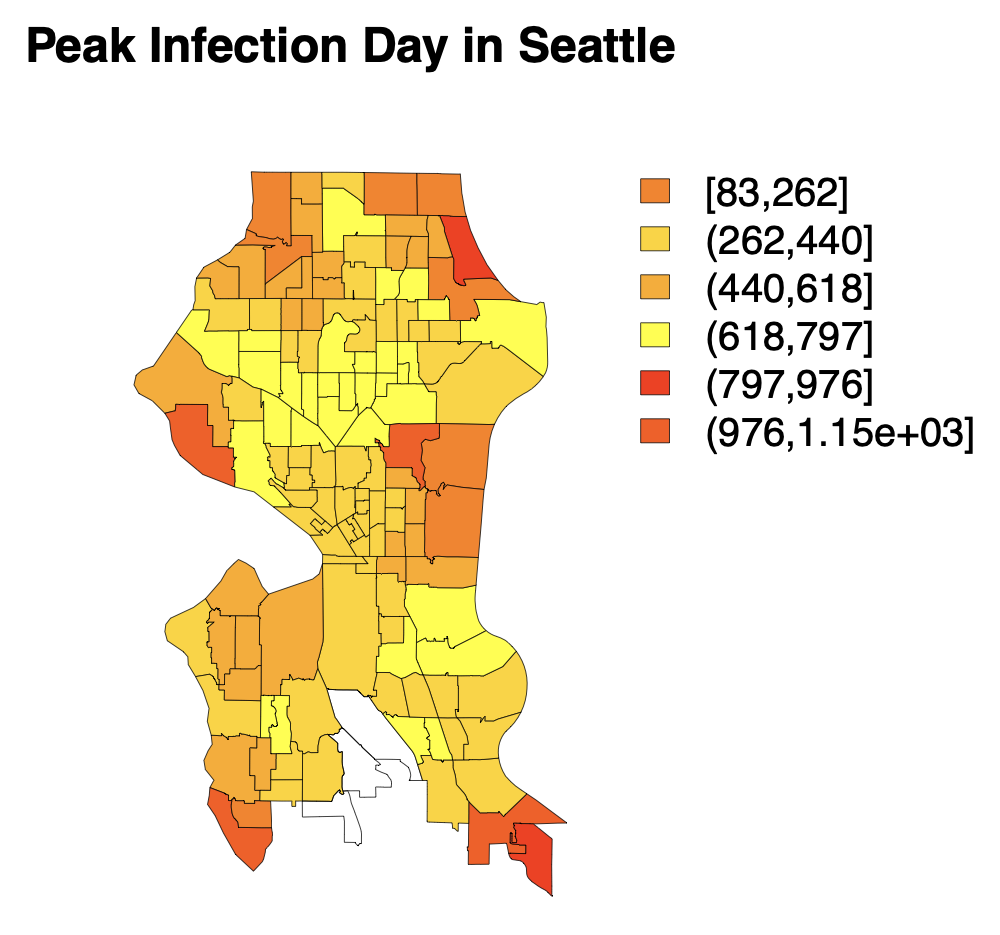
A research team led by UC Irvine and the University of Washington has created a new model of how the coronavirus can spread through a community. The model factors in network exposure — whom one interacts with — and demographics to simulate at a more detailed level both where and how quickly the coronavirus could spread through Seattle and 18 other major cities.
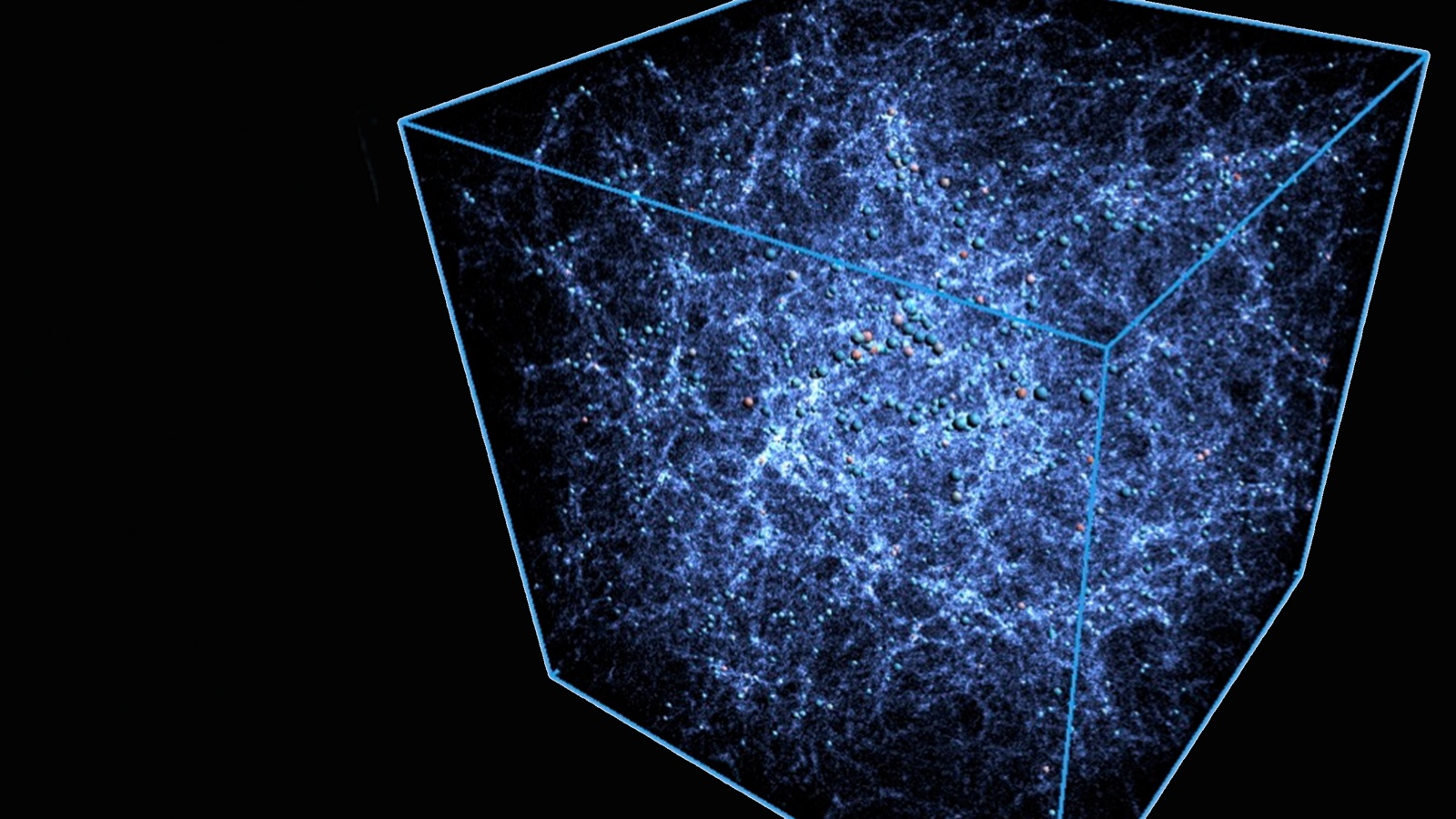
Researchers nationwide are building the software and applications that will run on some the world’s fastest supercomputers. Among them are members of DOE’s Exascale Computing Project who recently published a paper highlighting their progress so far.
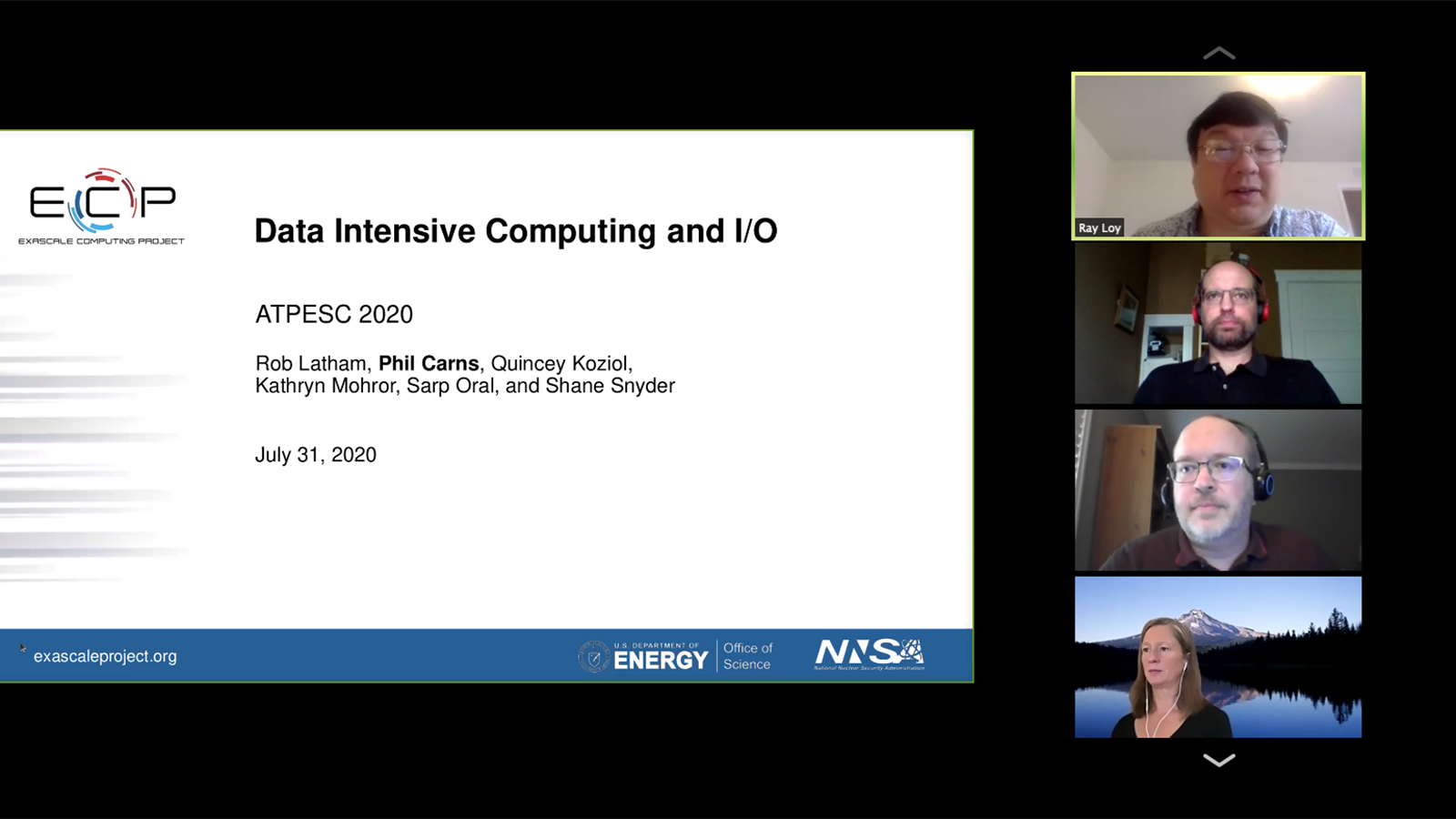
The annual Argonne Training Program on Extreme-Scale Computing went virtual this year, providing two weeks of instruction to ready attendees for science in the exascale era.
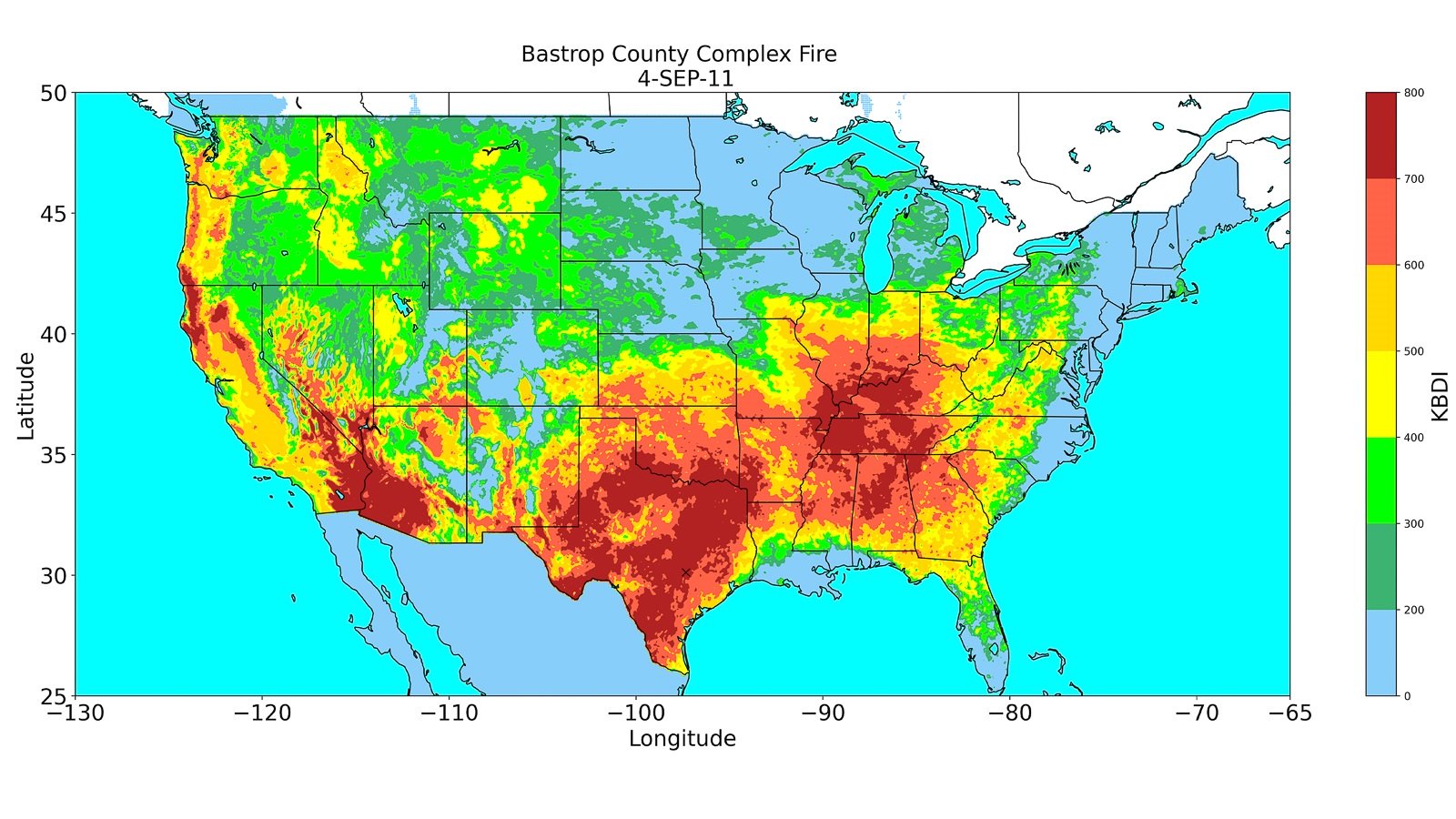
Wildfire indices and high-resolution climate models combine to produce a detailed historical analysis of wildfire events across the U.S. and suggest the potential for more severe and frequent fires in the latter half of the century.
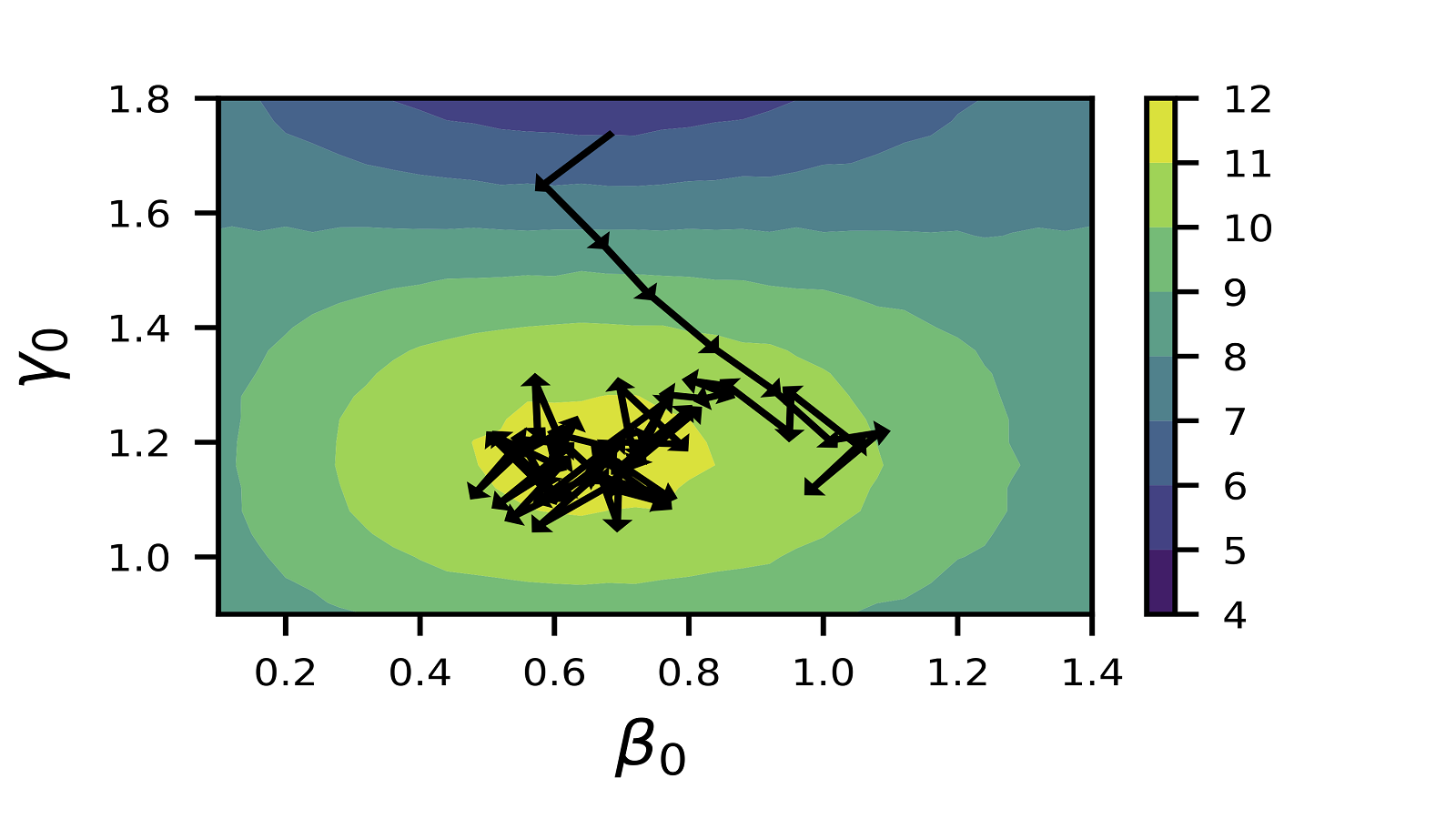
Scientists are investigating how to equip quantum computers with artificial intelligence and machine learning approaches.
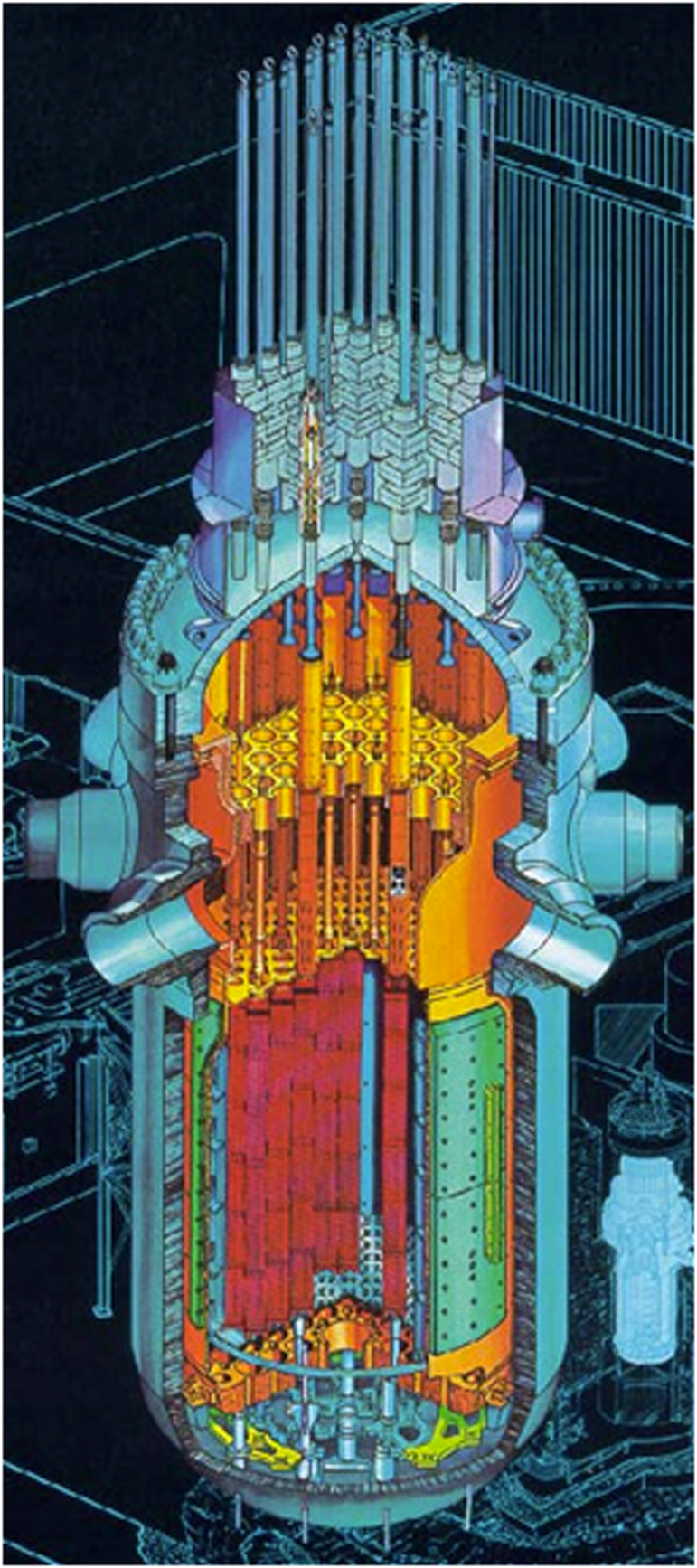
As the Consortium for the Advanced Simulation of Light Water Reactors — DOE’s first Energy Innovation Hub — ends and transitions to VERA Users Group, it has had a long-ranging impact on the nuclear industry.
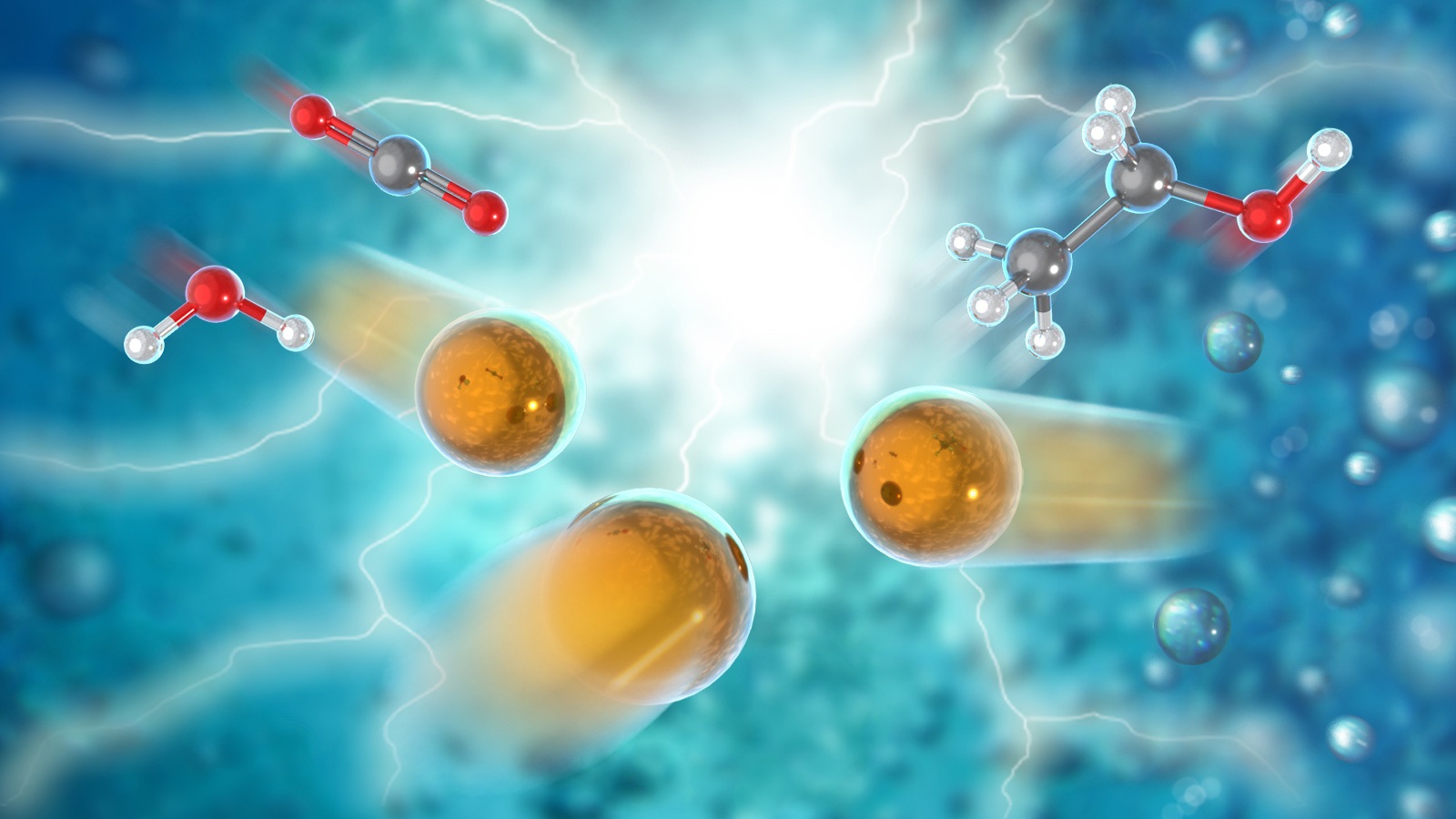
University reports a new electrocatalyst that converts carbon dioxide and water into ethanol with very high energy efficiency, high selectivity for the desired final product and low cost.
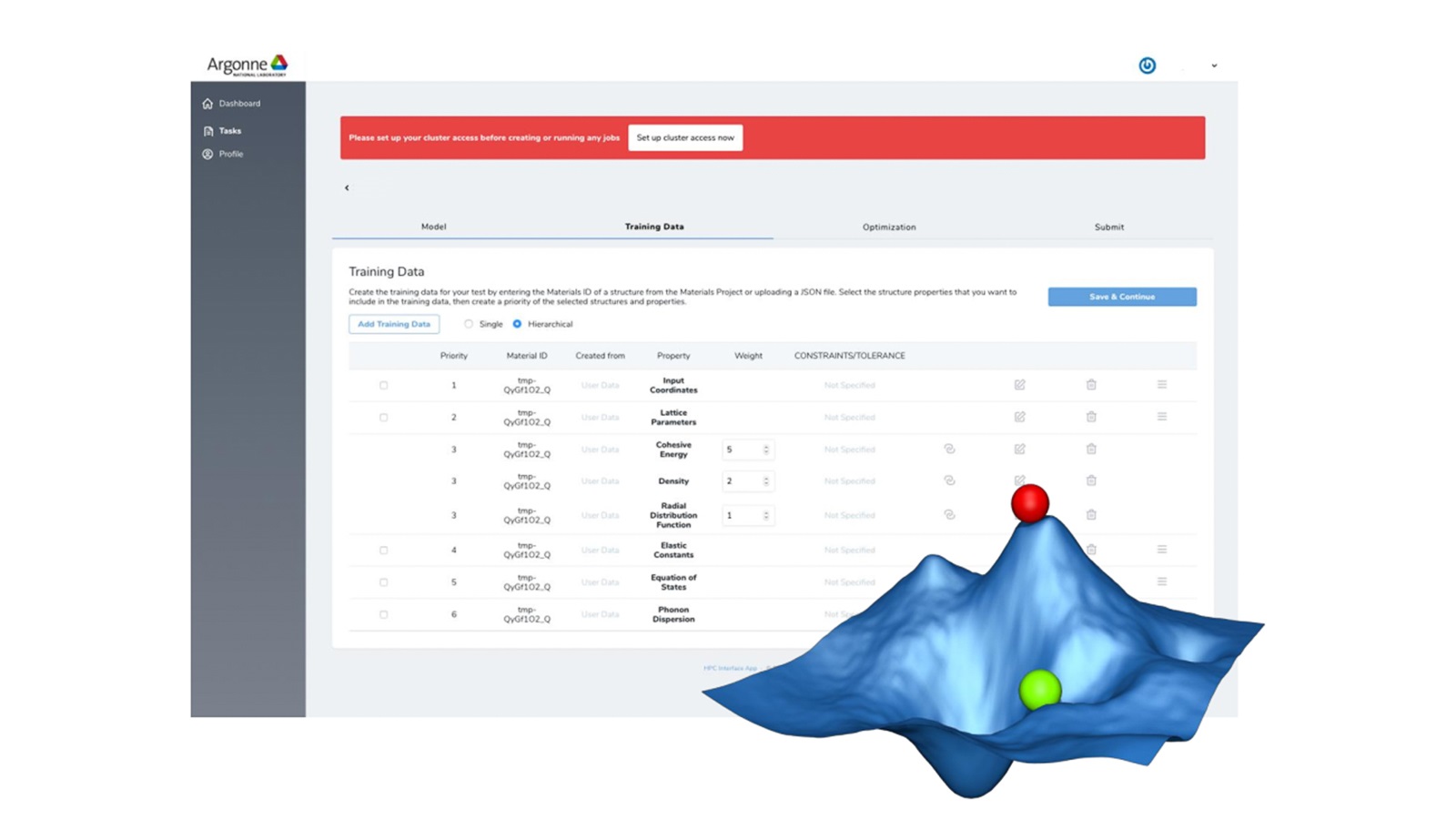
Researchers collaborated to create a software program to accelerate discovery and design of new materials for applications allowing for a far more comprehensive understanding of materials from atomistic to mesoscopic scale than ever before.
An ORNL team developed CrossVis, an open-source, customizable visual analytics system that analyzes numerical, categorical and image-based data while providing multiple dynamic, coordinated views of these and other data types.
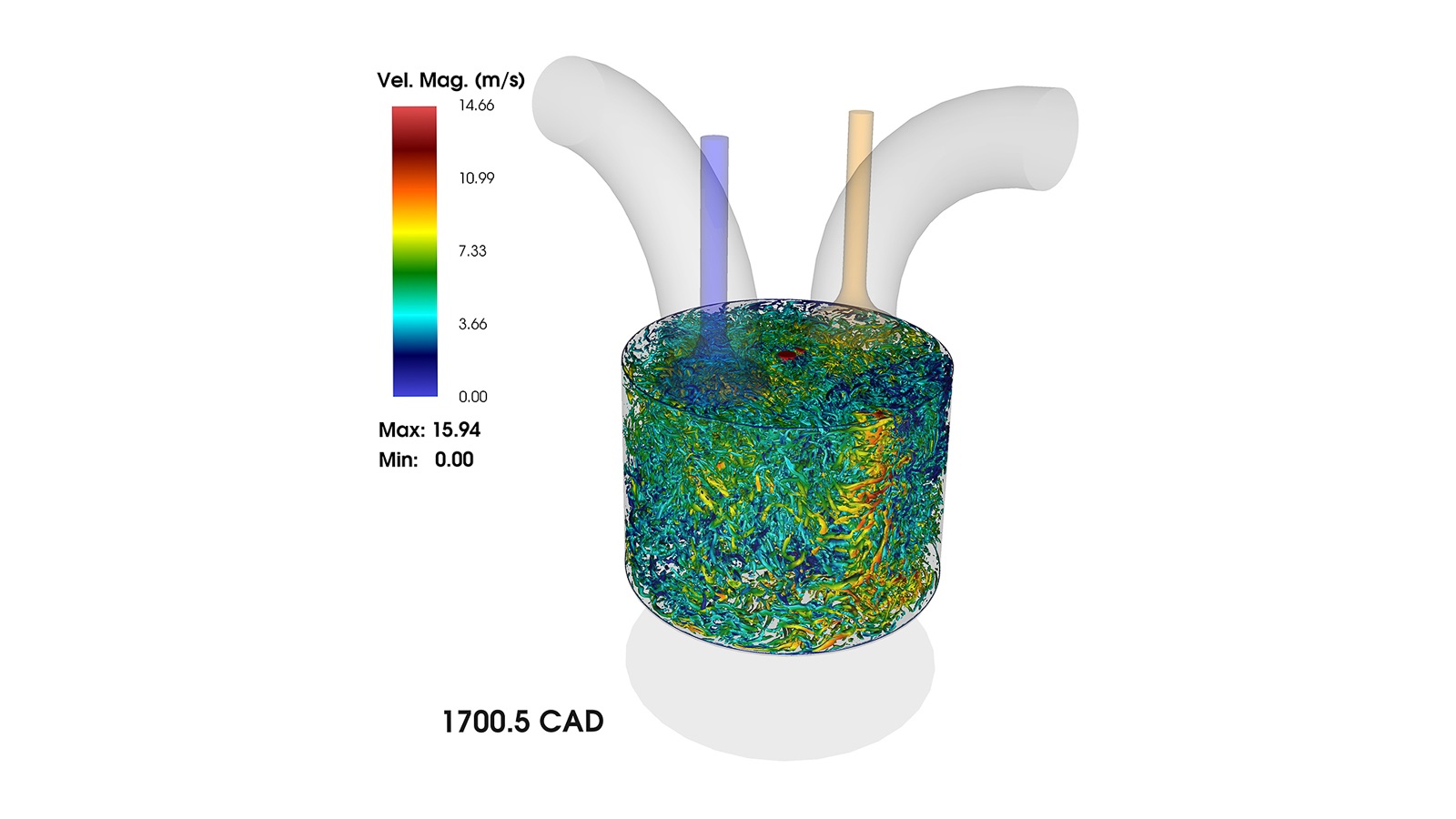
Groundbreaking simulation provides data that could help manufacturers create greener engines.
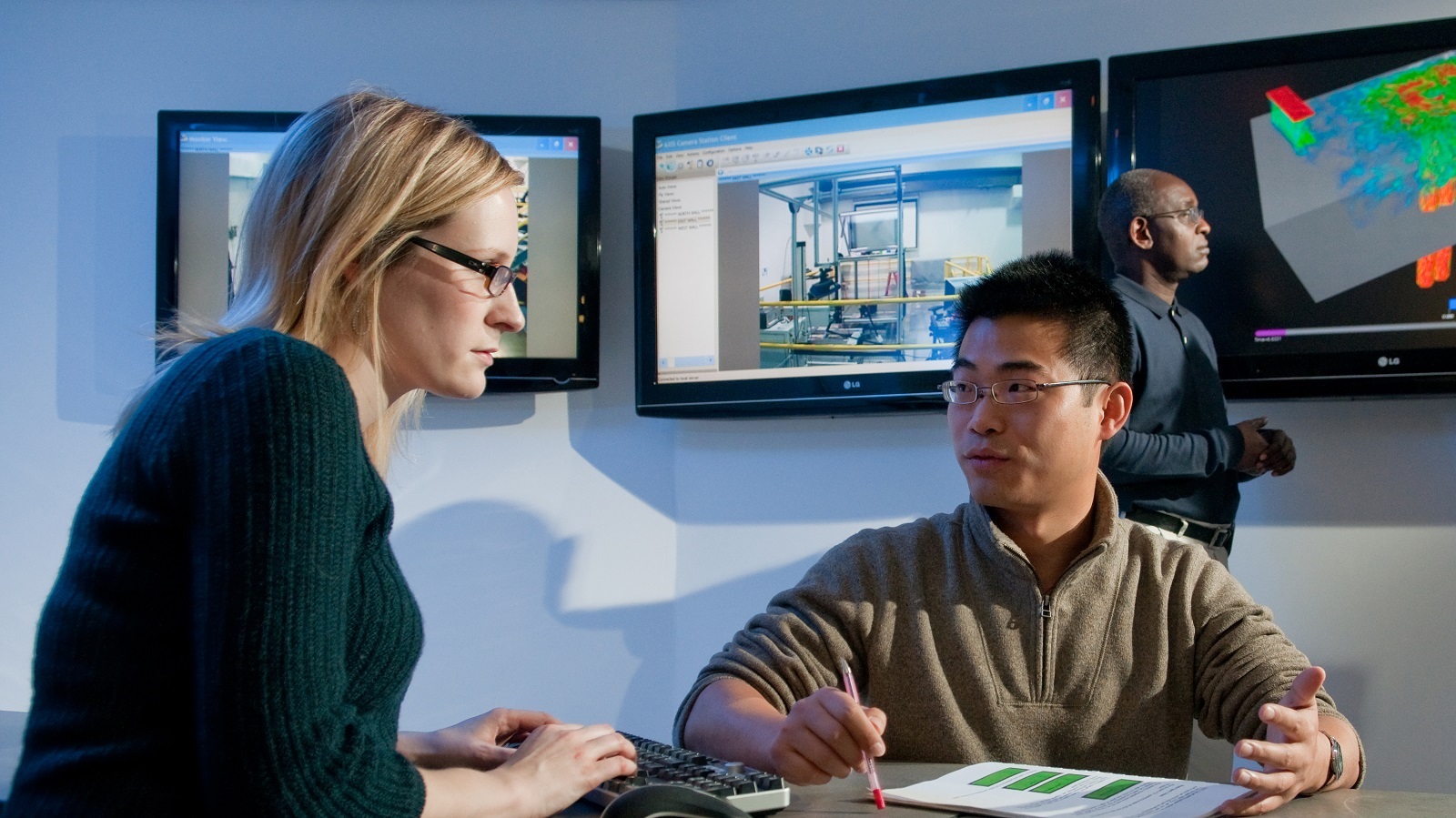
ARPA-E’s GEMINA funding will allow Argonne’s nuclear scientists to partner with industry and develop tools for the advanced reactors of tomorrow.
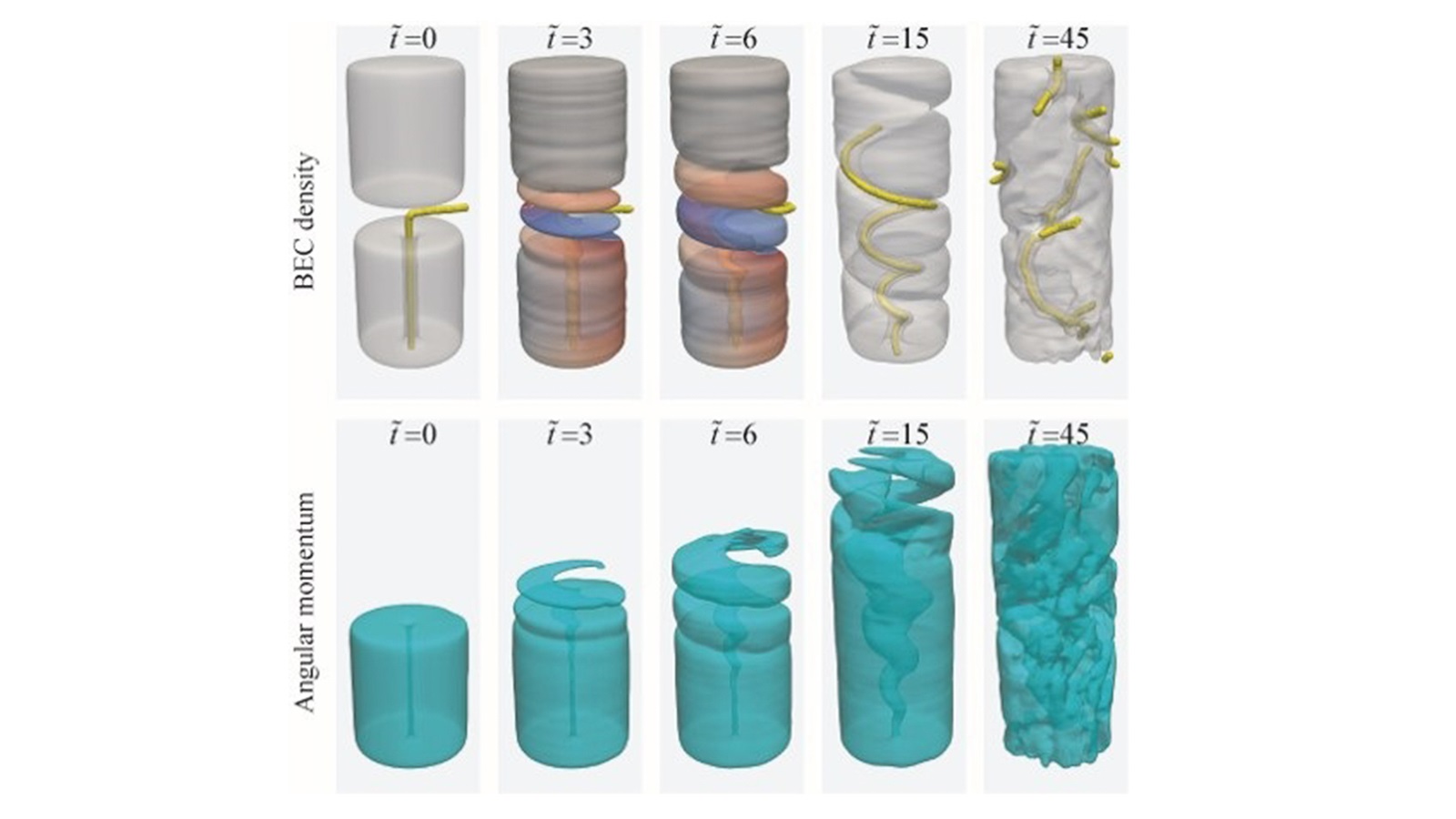
Scientists performed simulations of merging rotating superfluids, revealing a peculiar corkscrew-shaped mechanism that drives the fluids into rotation without the need for viscosity.
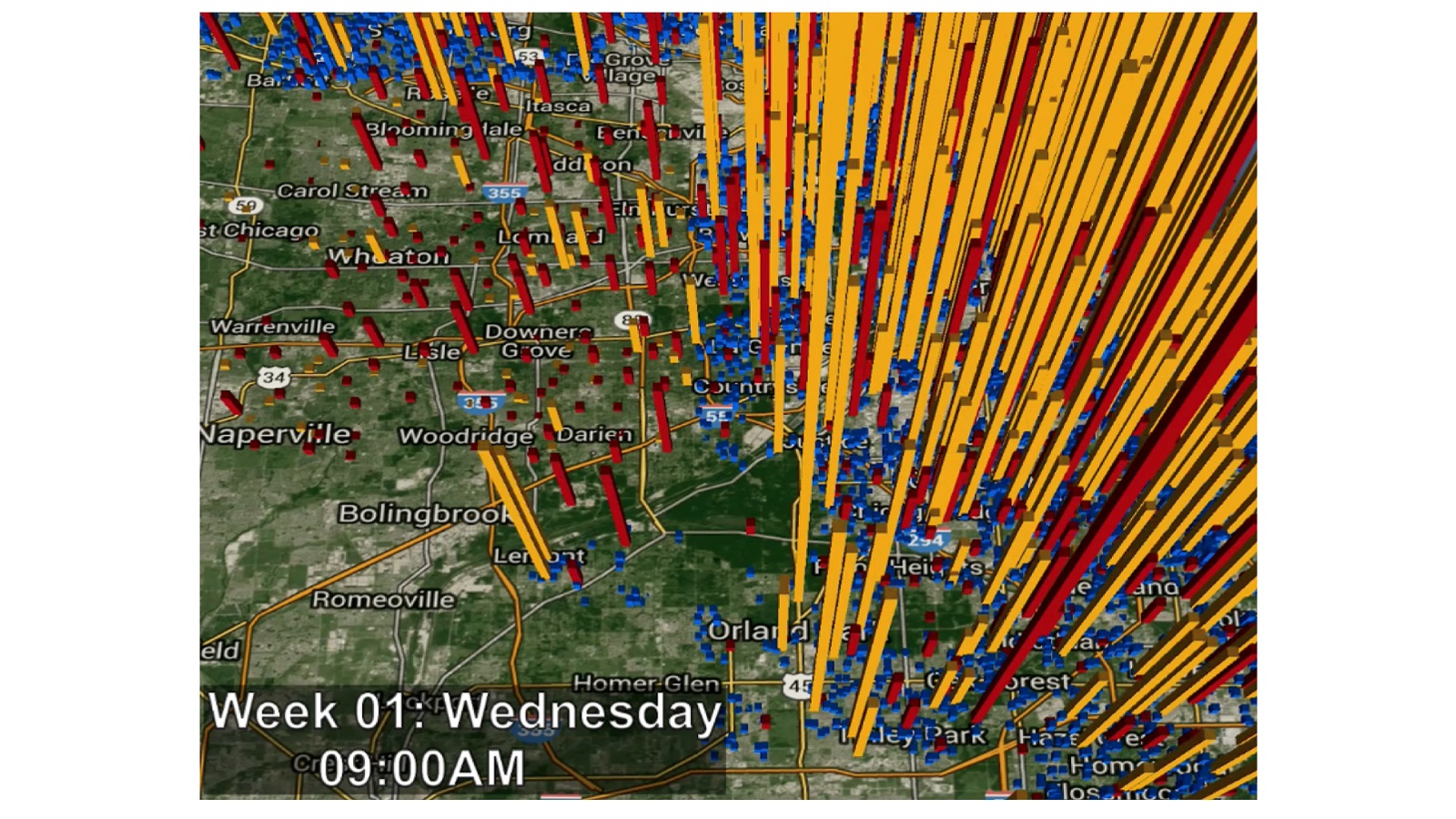
Argonne researchers lead highly detailed COVID-19 modeling efforts to understand how the virus spreads through populations.
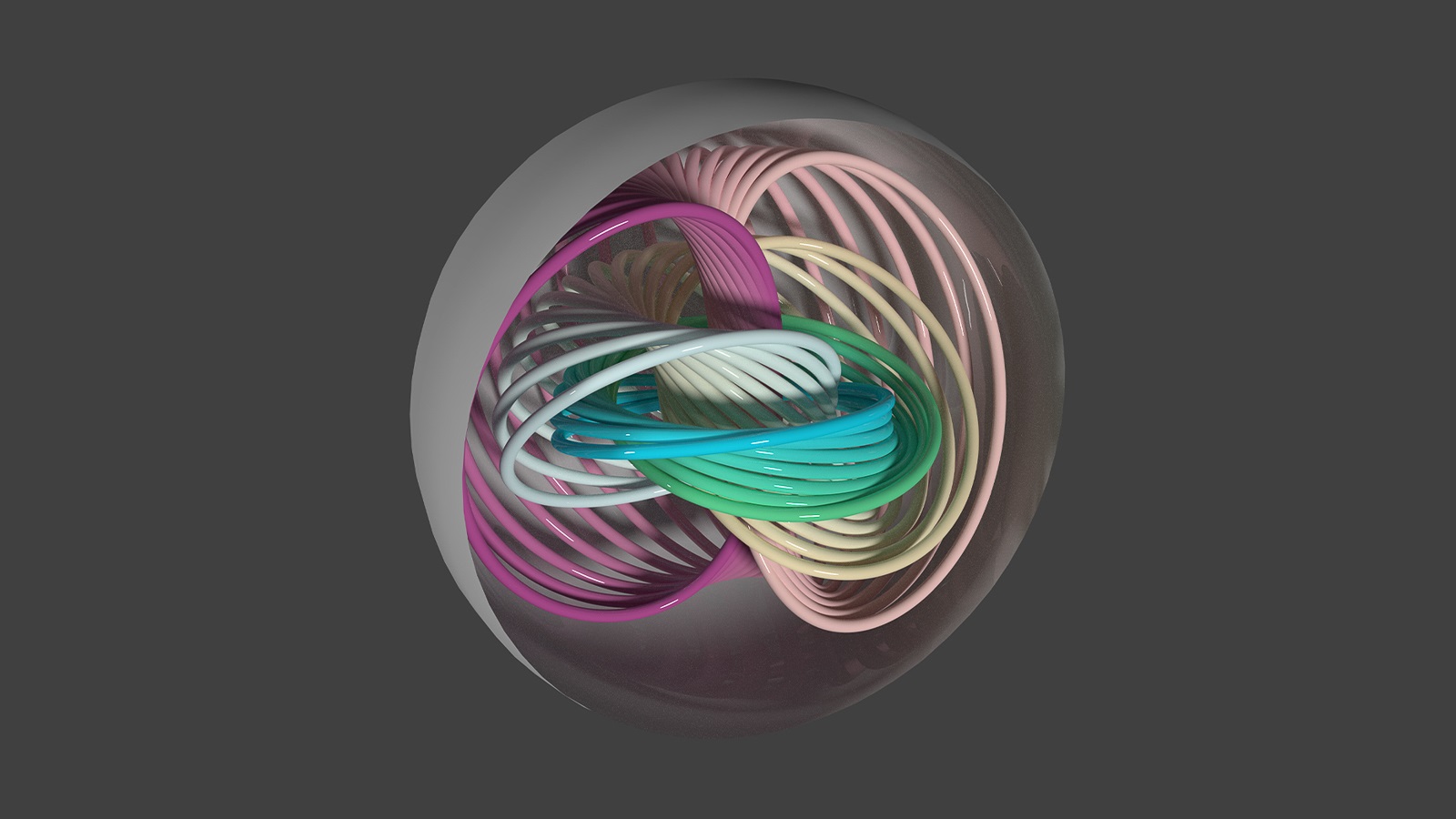
In a recent theoretical study, scientists discovered the presence of the Hopfion topological structure in nano-sized particles of ferroelectrics — materials with promising applications in microelectronics and information technology.
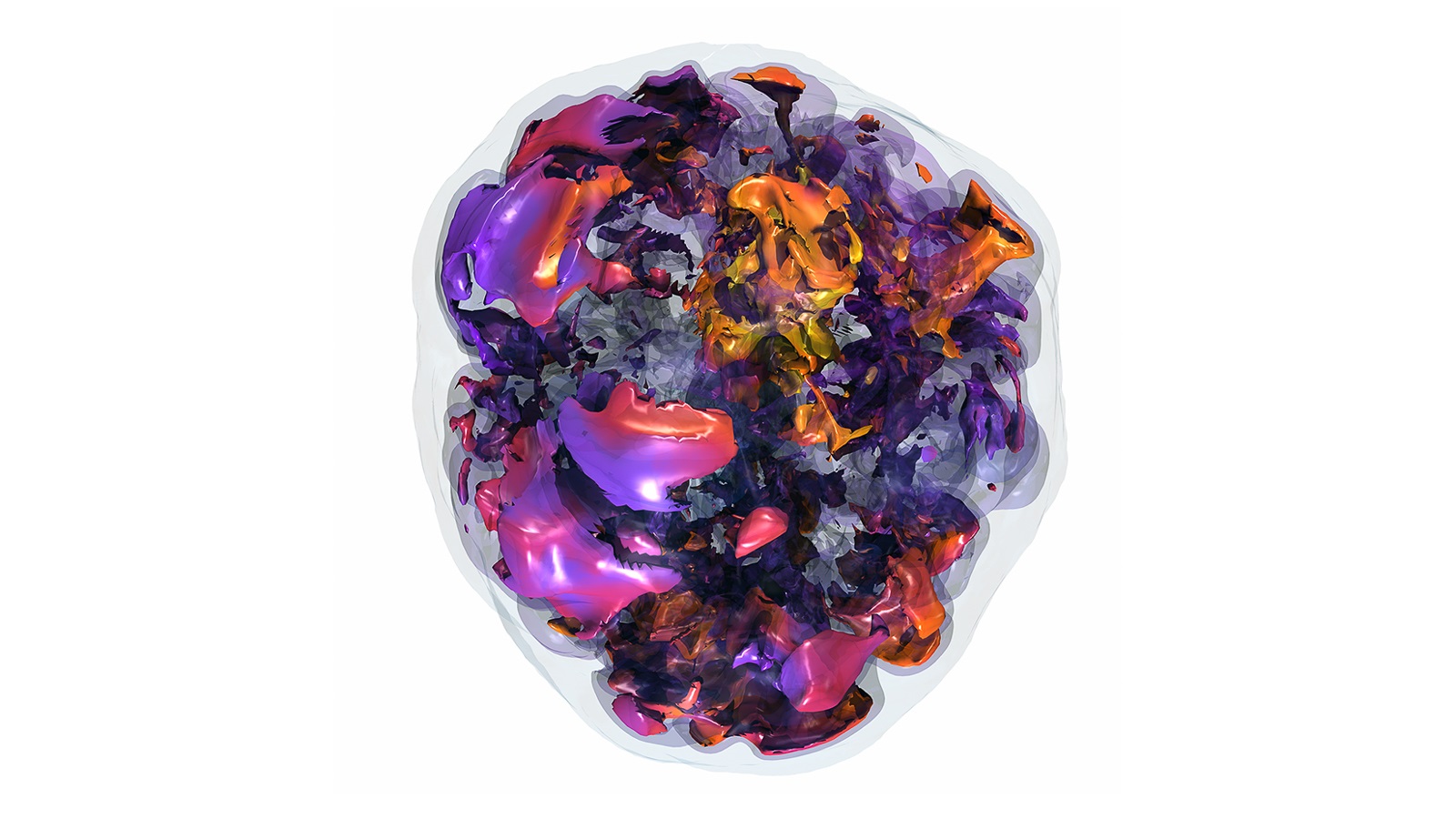
Researchers using DOE supercomputers, including Argonne’s Theta, produced pivotal 3D simulations to elucidate the physics behind the collapse of massive stars.
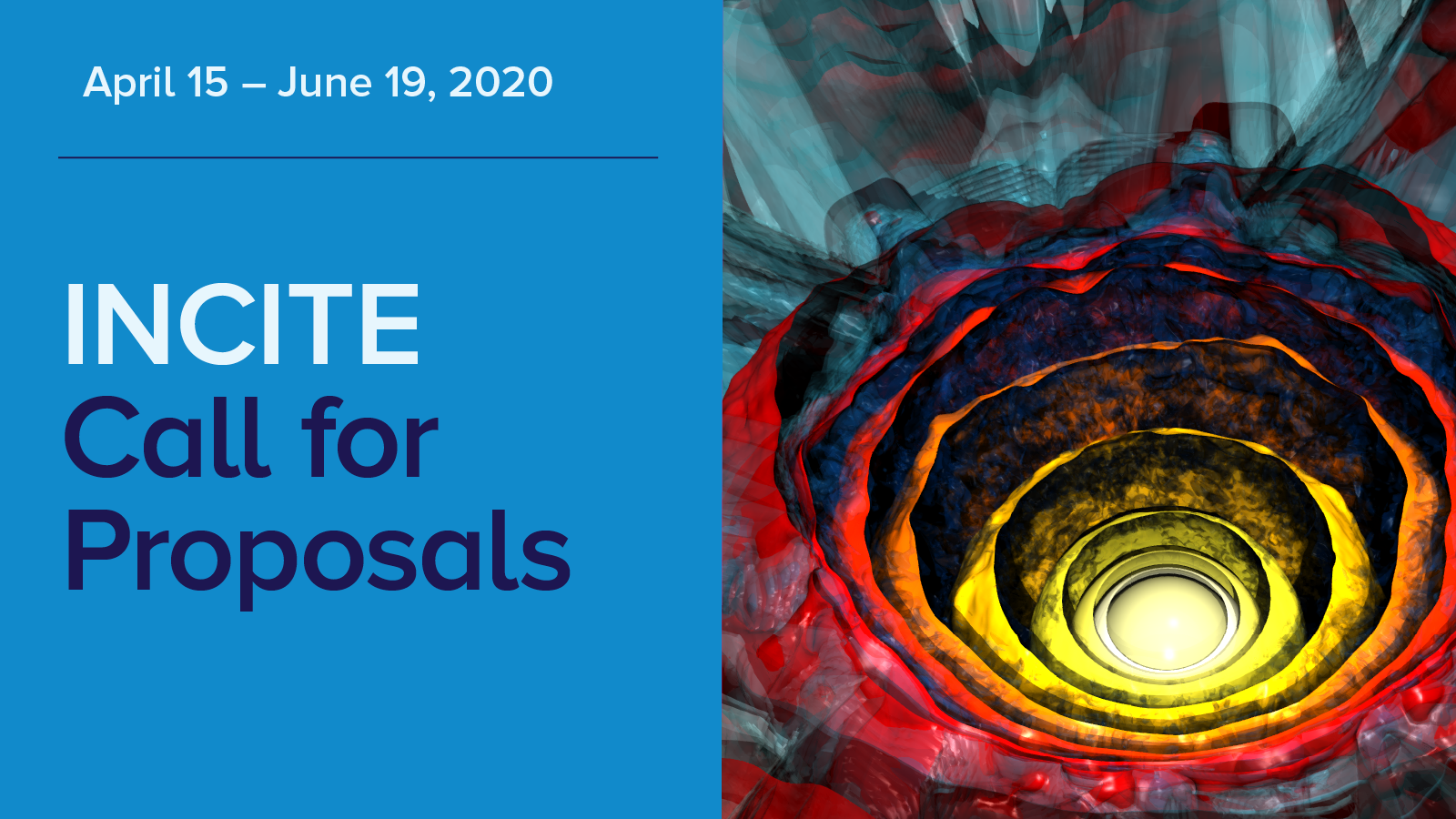
The INCITE program is now seeking proposals for high-impact, computationally intensive research projects that require the power and scale of DOE’s leadership-class supercomputers.
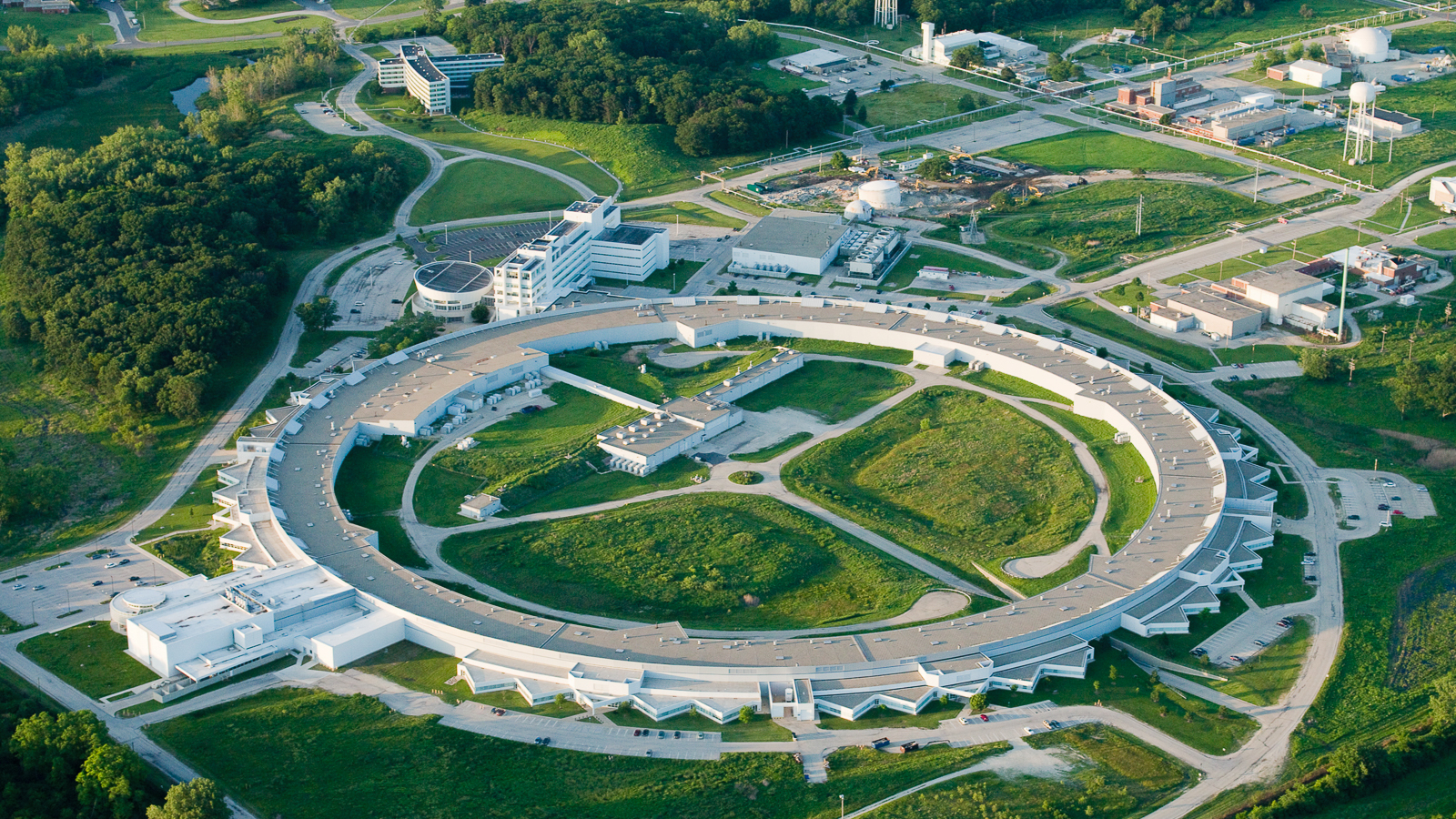
Argonne scientists are working around the clock to analyze the virus to find new treatments and cures, predict how it will propagate through the population, and make sure that our supply chains remain intact.
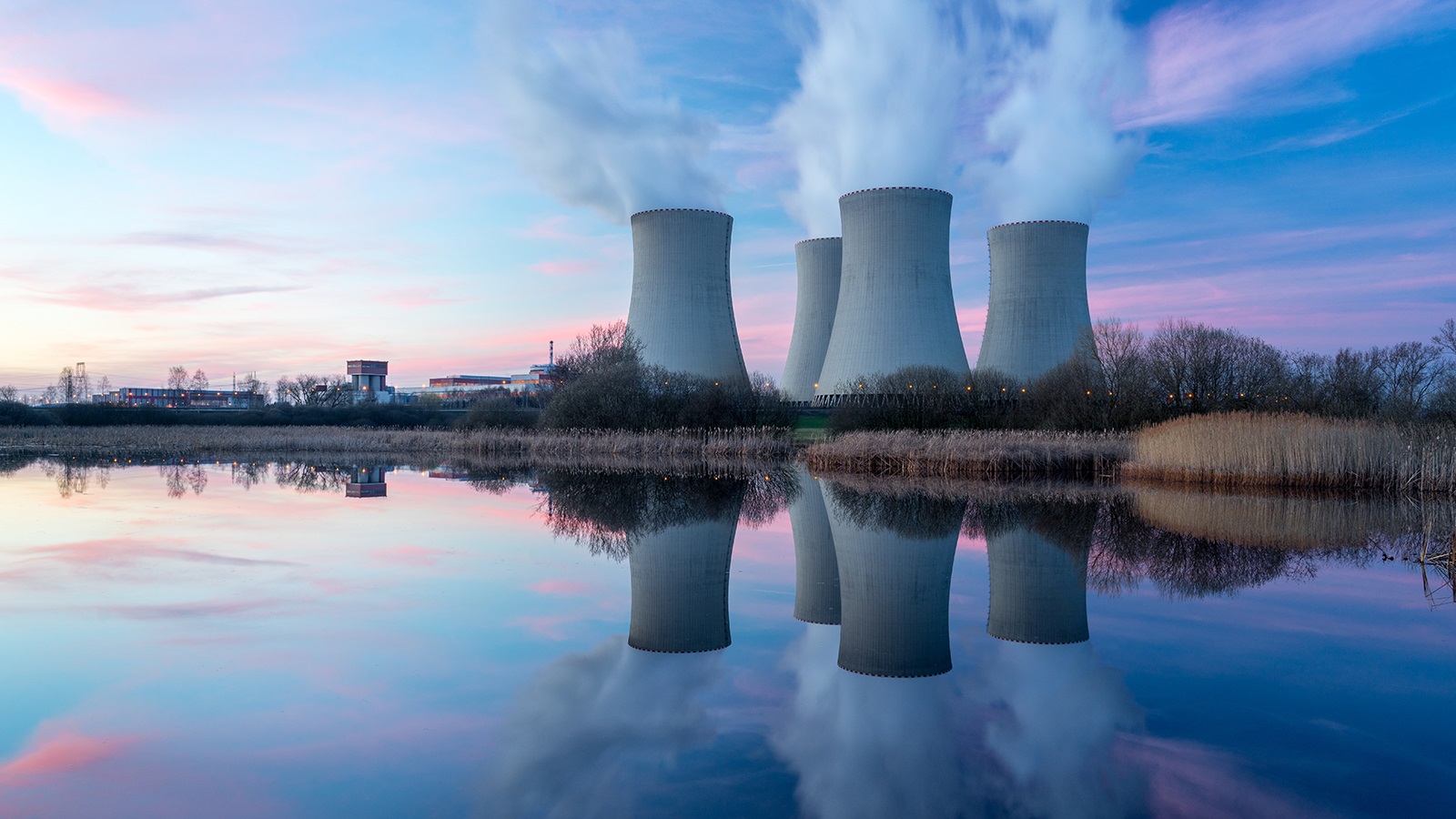
Argonne scientists and engineers are looking toward AI — specifically, machine learning — to help us better understand the mechanics that govern nuclear reactors.
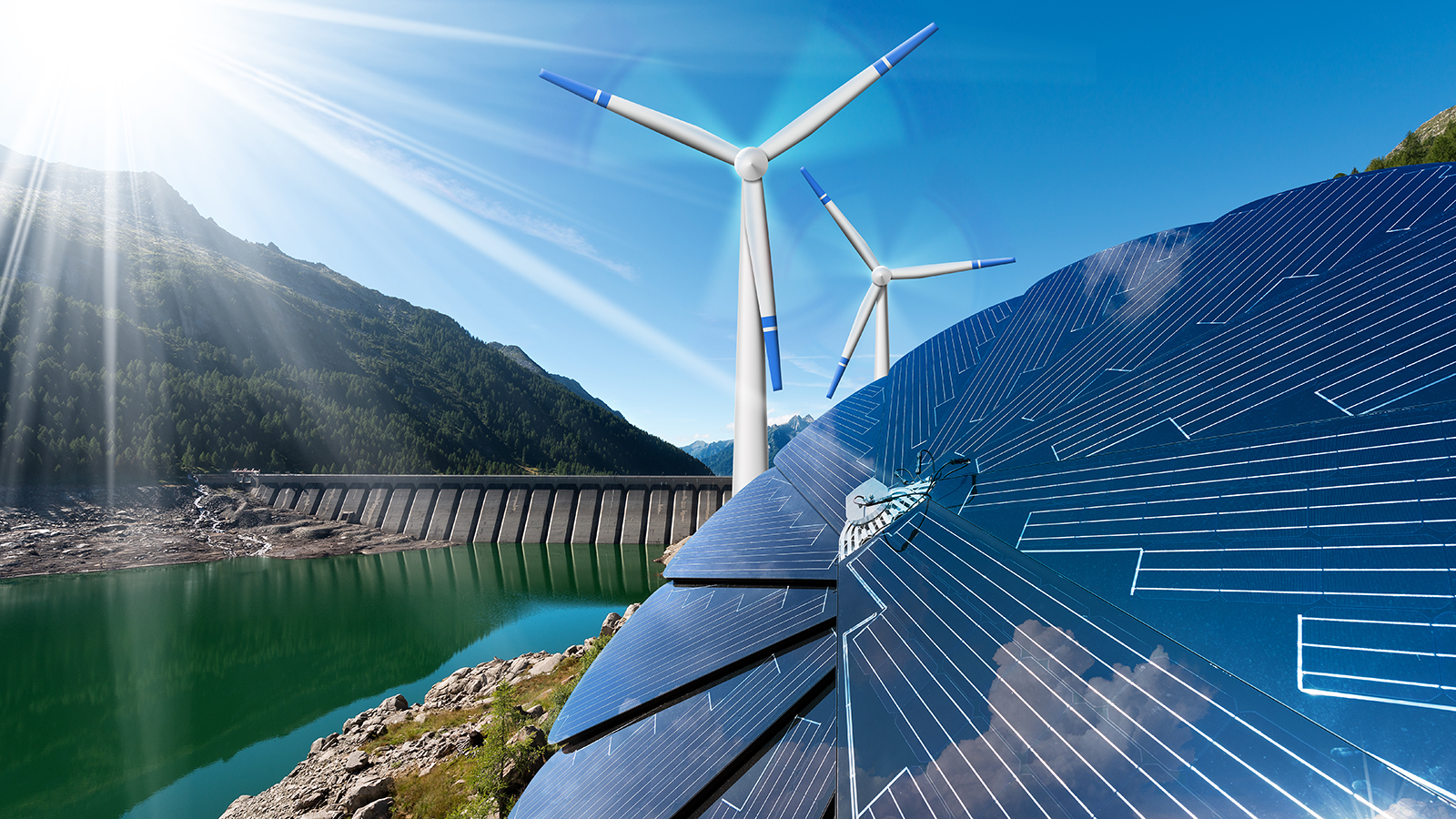
Distributed energy resources use electronics to communicate with each other or with a control center. Yet this presents opportunities for cyber attacks that could become real threats to the electric power system. Argonne experts are developing ways to protect power systems from these threats before they can occur.
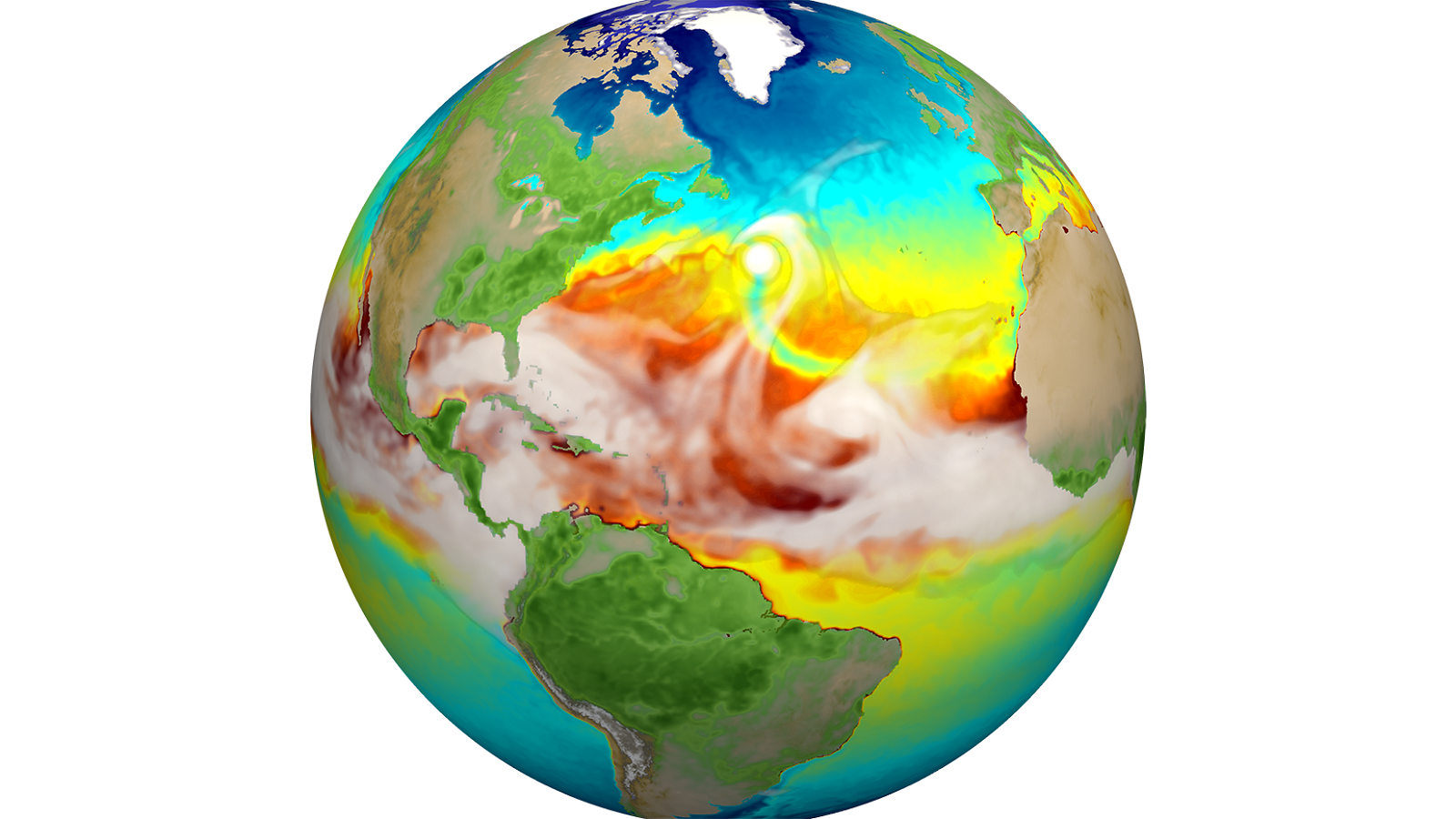
DOE laboratories are collaborating on a new high-resolution Earth systems model to predict climate trends into the next century. The model will provide the scientific basis by which to mitigate the effects of extreme climate on energy and other essential services.

Researchers have put a new technique based on machine learning to work uncovering the secrets of buried interfaces and edges in a material.
Argonne scientists are combining one-of-a-kind x-ray experiments with novel computer simulations to help engineers at aerospace and defense companies save time and money.
Research technician Natalie Jones is the lead author on a paper that looked at how scientists model the vulnerability of karst formations around the Grand Canyon. Along with professor Abe Springer, she created a new model that can give land and water managers more information so they can better protect the water system.
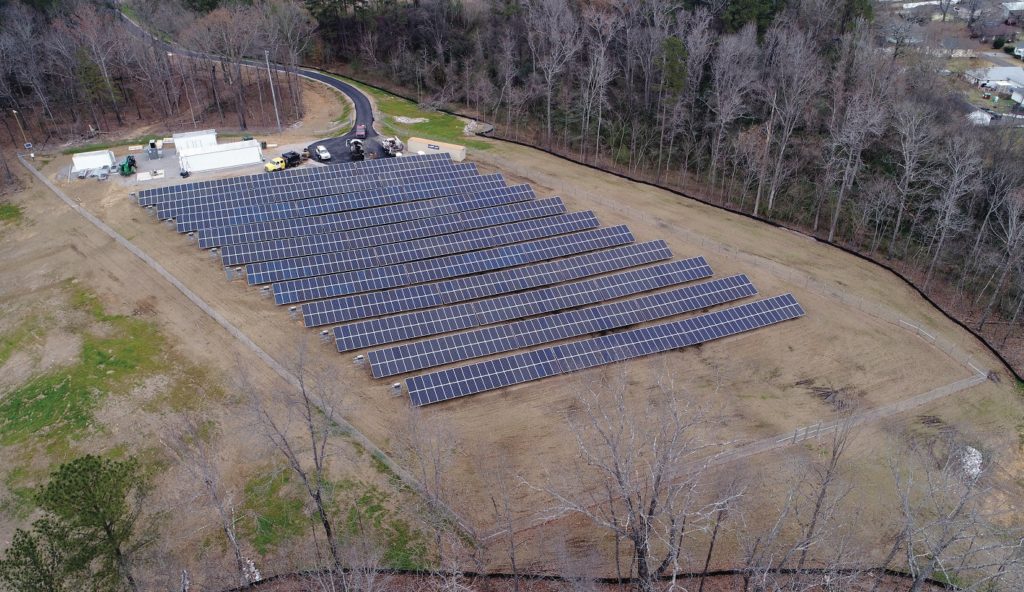
From the Department of Energy’s Oak Ridge National Laboratory, January 2020
Researchers report the most complete model to date concerning the transition from metal to insulator in correlated oxides. These oxides have fascinated scientists because of their many attractive electronic and magnetic properties.
At a conference held by the ReCell Center, an advanced battery recycling collaboration based at Argonne, representatives from industry, government, and academia discussed innovative approaches for lithium-ion battery recycling.

Fusion power researchers at TAE Technologies employ Argonne supercomputers to develop magnetic fusion plasma confinement devices as a means to generate unlimited electricity.
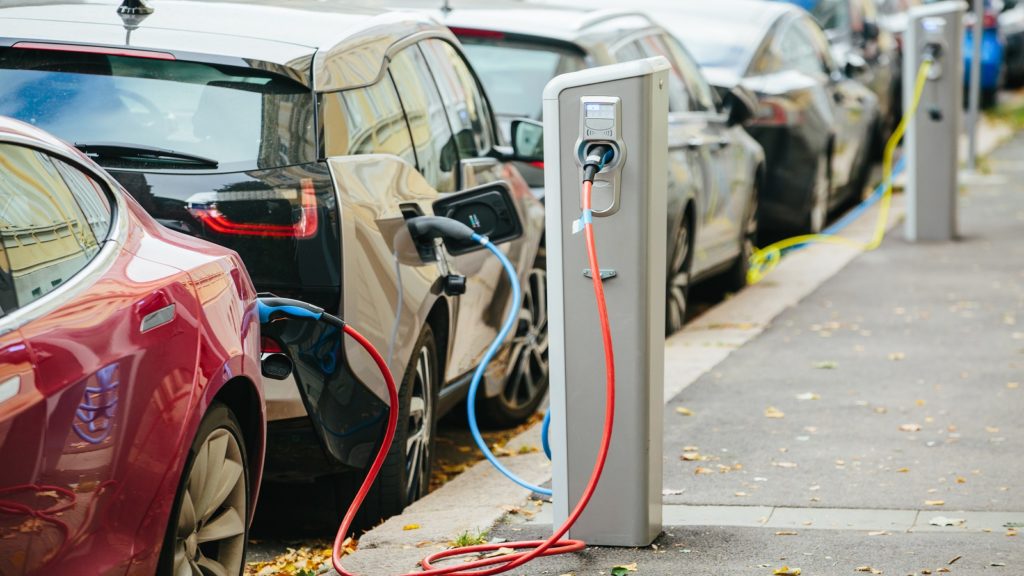
Argonne researchers have developed a large-scale computational model that helps decision makers allocate investment in electrified transportation infrastructure and serve consumers interested in owning electric vehicles.
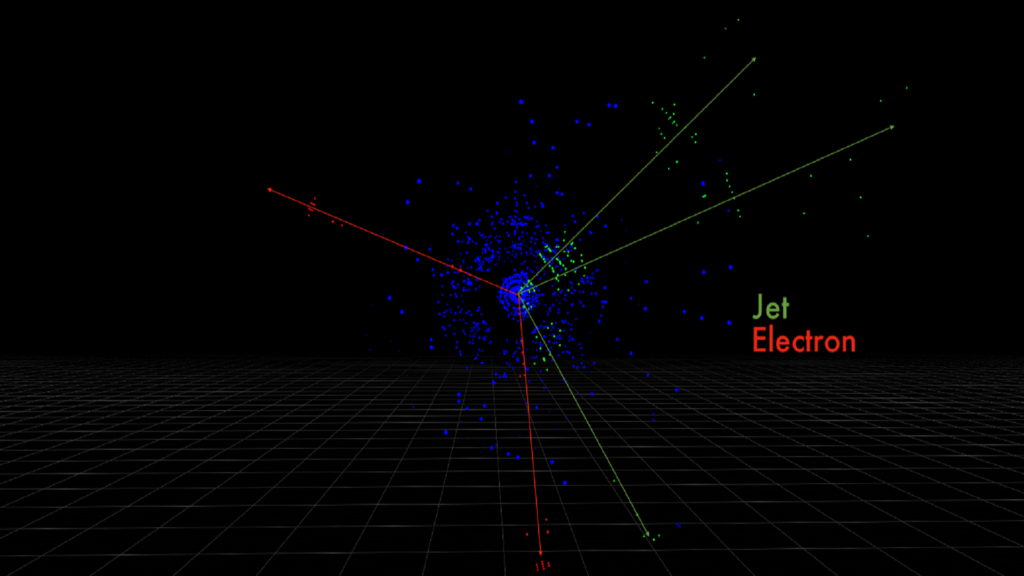
While high-energy physics and cosmology seem worlds apart in terms of sheer scale, physicists and cosmologists at Argonne are using similar machine learning methods to address classification problems for both subatomic particles and galaxies.